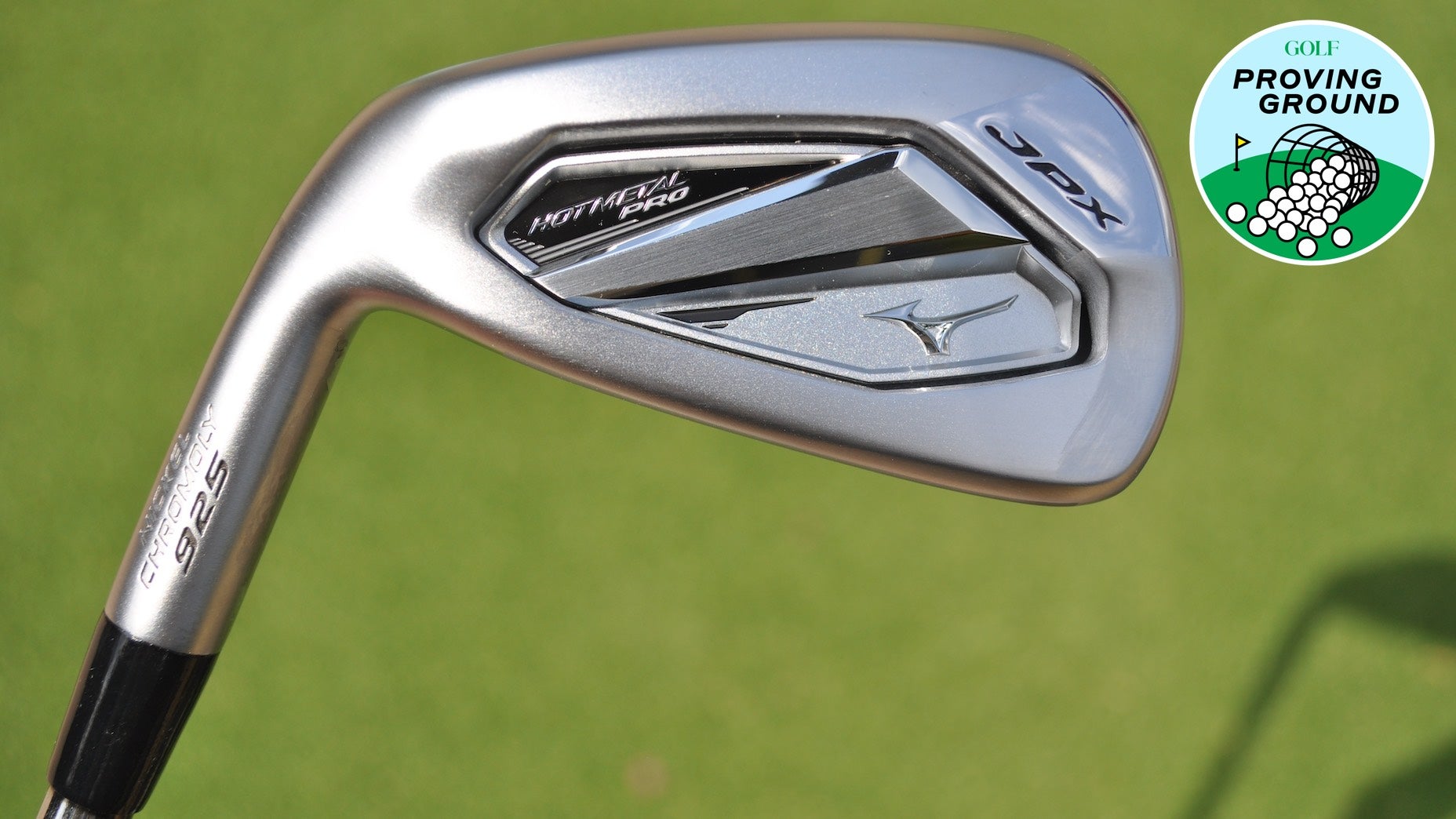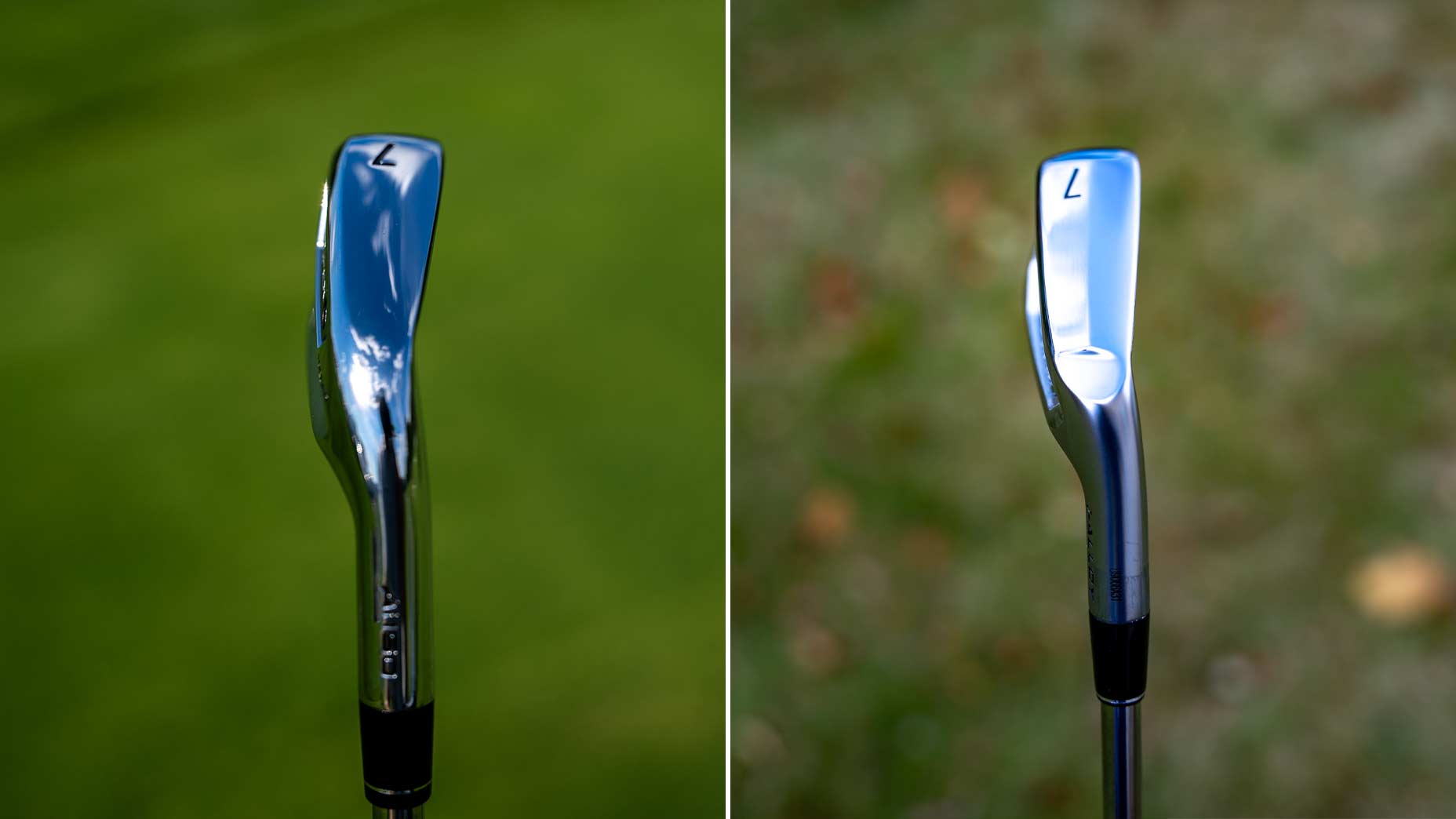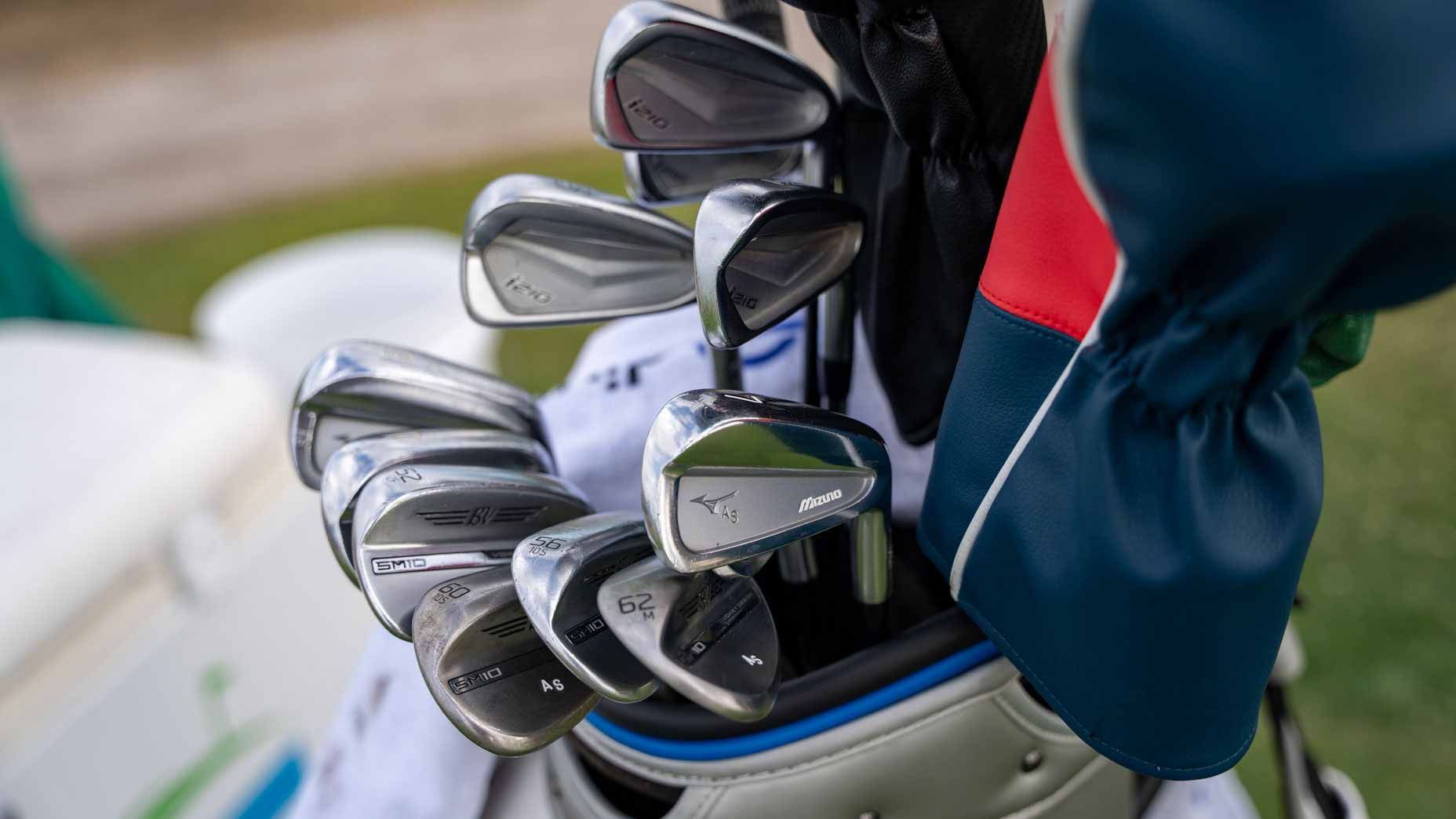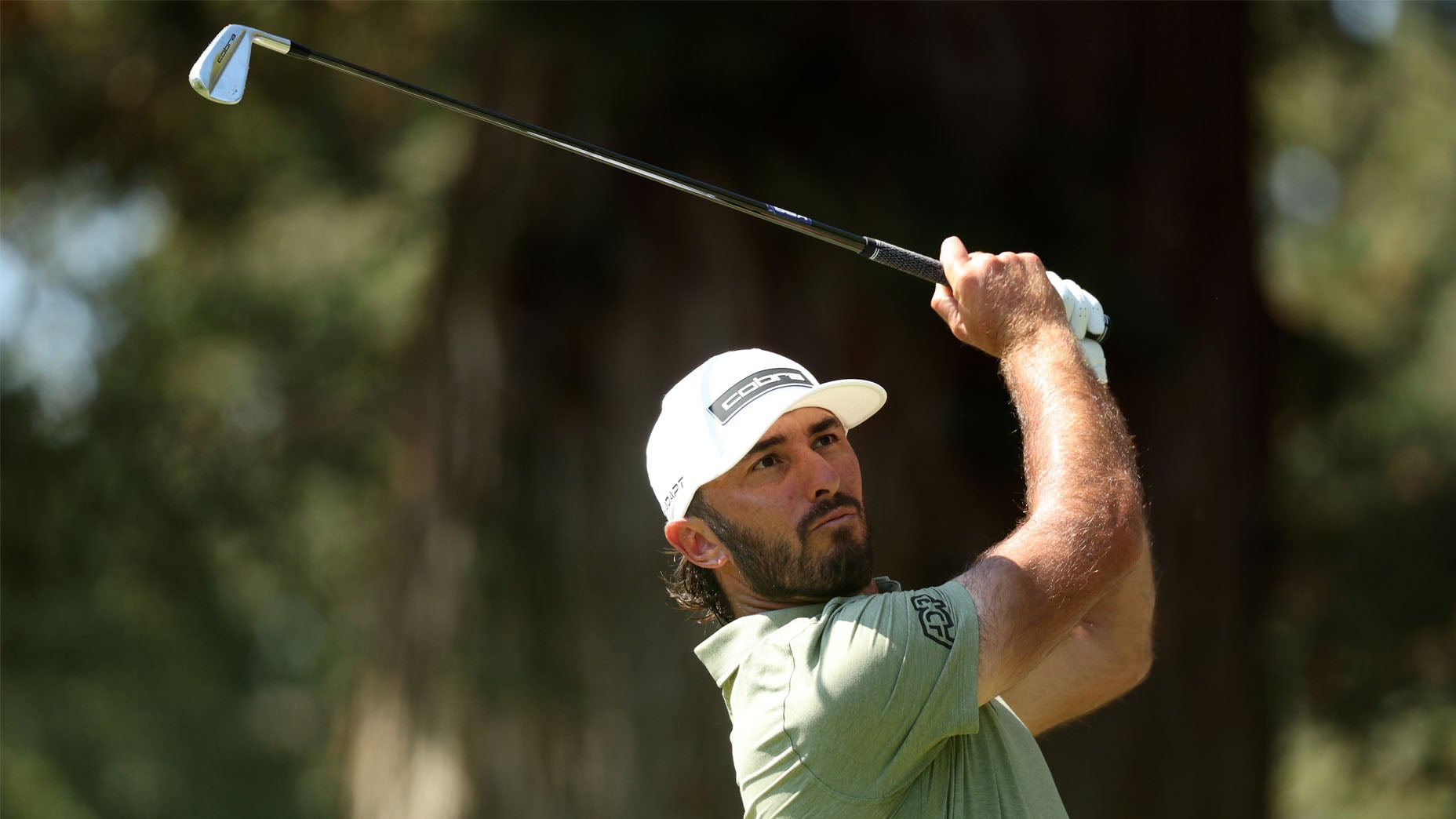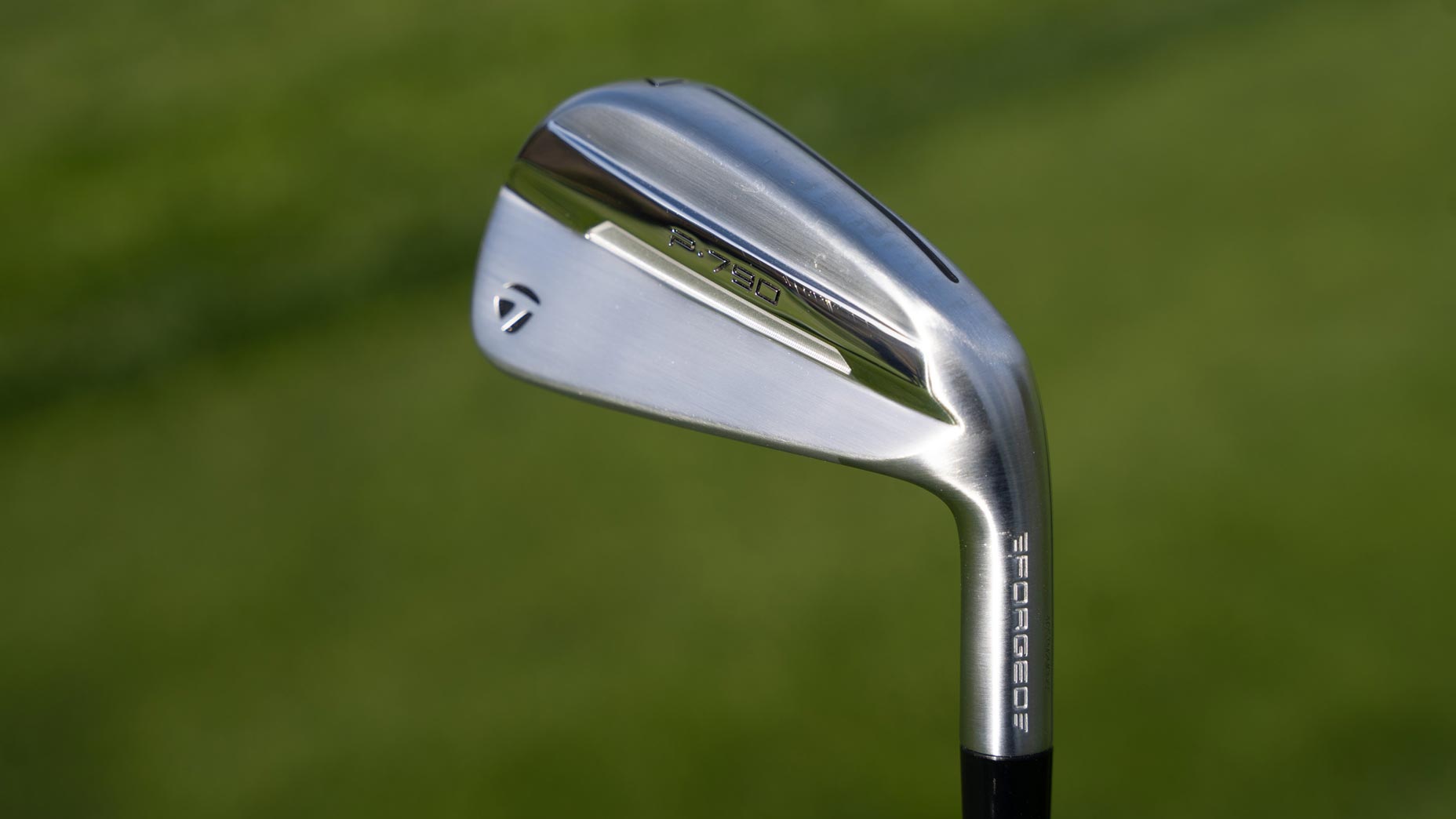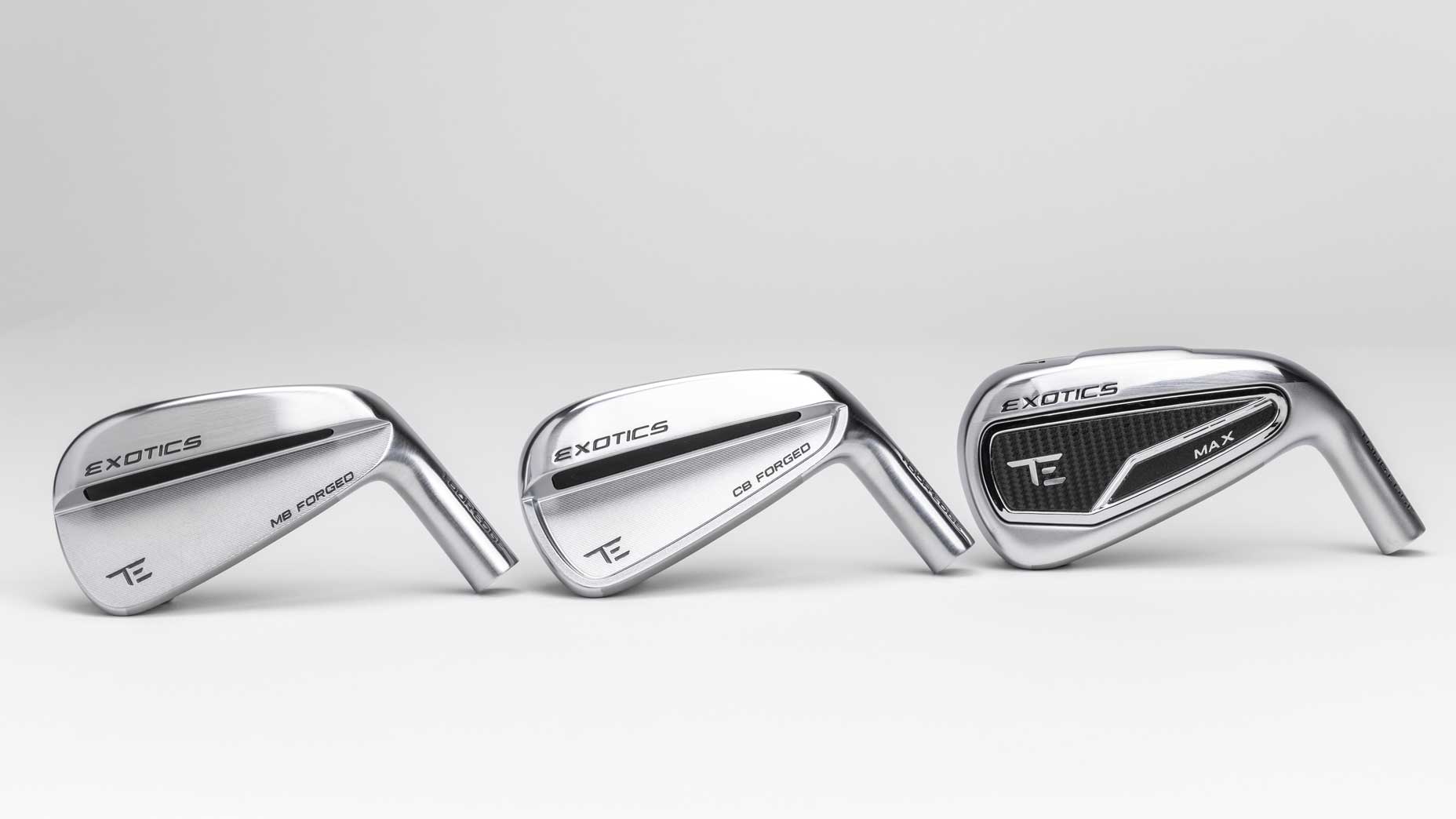Welcome to GOLF.com’s ClubTest Proving Ground, where managing equipment editor Jonathan Wall puts the latest designs and groundbreaking technology in the equipment space to the test on the range and the course.
The tools: Mizuno JPX925 Hot Metal Pro
The test: To see how JPX925 Hot Metal Pro performs in a head-to-head competition against the gamers.
The results: Those who’ve followed GOLF’s Proving Ground reports for the last few years know I don’t shy away from putting my gamers to the test. In most cases, it’s a great opportunity to verify if my current stuff is dialed in or needs some subtle tweaking. And there’s nothing wrong with taking the latest offerings for a spin to see where they excel.

Mizuno JPX 925 Hot Metal Pro Custom Irons
View Product
As someone who grew up playing Mizuno T-Zoid irons as a kiddo, there are two attributes I’ve come to expect from the equipment manufacturer — consistency and reliability. There’s never been a need for flashy marketing campaigns or eye-catching colors. You know what you’re getting with a Mizuno product, and that’s generally enough for loyalists to plunk down the hard-earned cash.
What makes Mizuno’s latest JPX925 Hot Metal such an intriguing product is how it blends classic Mizuno looks with game-changing technology that’s screaming out to you from underneath the hood. This product has routinely pushed the performance limits of what a Mizuno iron can do.
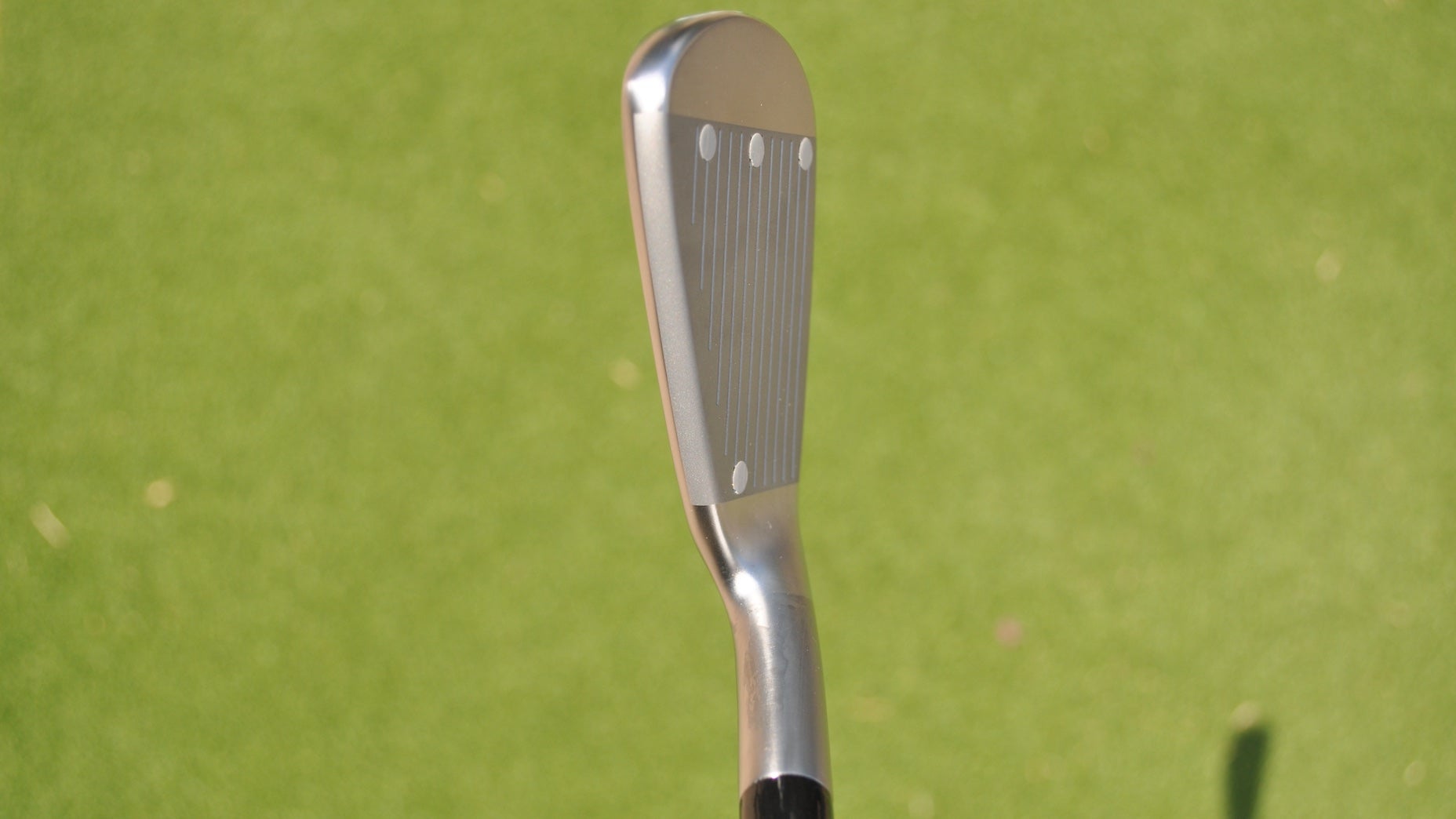
The Mizuno JPX925 Hot Metal Pro is the better player offering in a lineup that consists of three models (Pro, Standard and HL), and it’s the one that most closely matches up with my Ping i230s, in terms of blade length, offset and topline. At 28 degrees, the Hot Metal Pro 7-iron had an immediate advantage over my 33-degree i230 iron, so I expected there to be a noticeable difference in spin, launch, ball speed and distance.
My hypothesis played out during testing as JPX925 Hot Metal Pro ended up nearly 7 yards longer than my gamers with a lower launch angle (2-degree delta), spin rate (1,200 RPM delta) and peak height (5-yard delta). Some might crow about the stronger lofts — some call it “loft-jacking” — but I’ve come to realize there are golfers out there who generate too much spin and benefit from the loft difference.
Something else that impressed me was the overall dispersion pattern Pro produced. In most cases, I try to match the specs of any club I’m testing to whatever is currently in the bag. However I was too excited to test the Pro, in particular, so I conducted initial testing with the stock build, which wasn’t too far off from what I’m currently using.
Mizuno JPX925 Hot Metal Pro
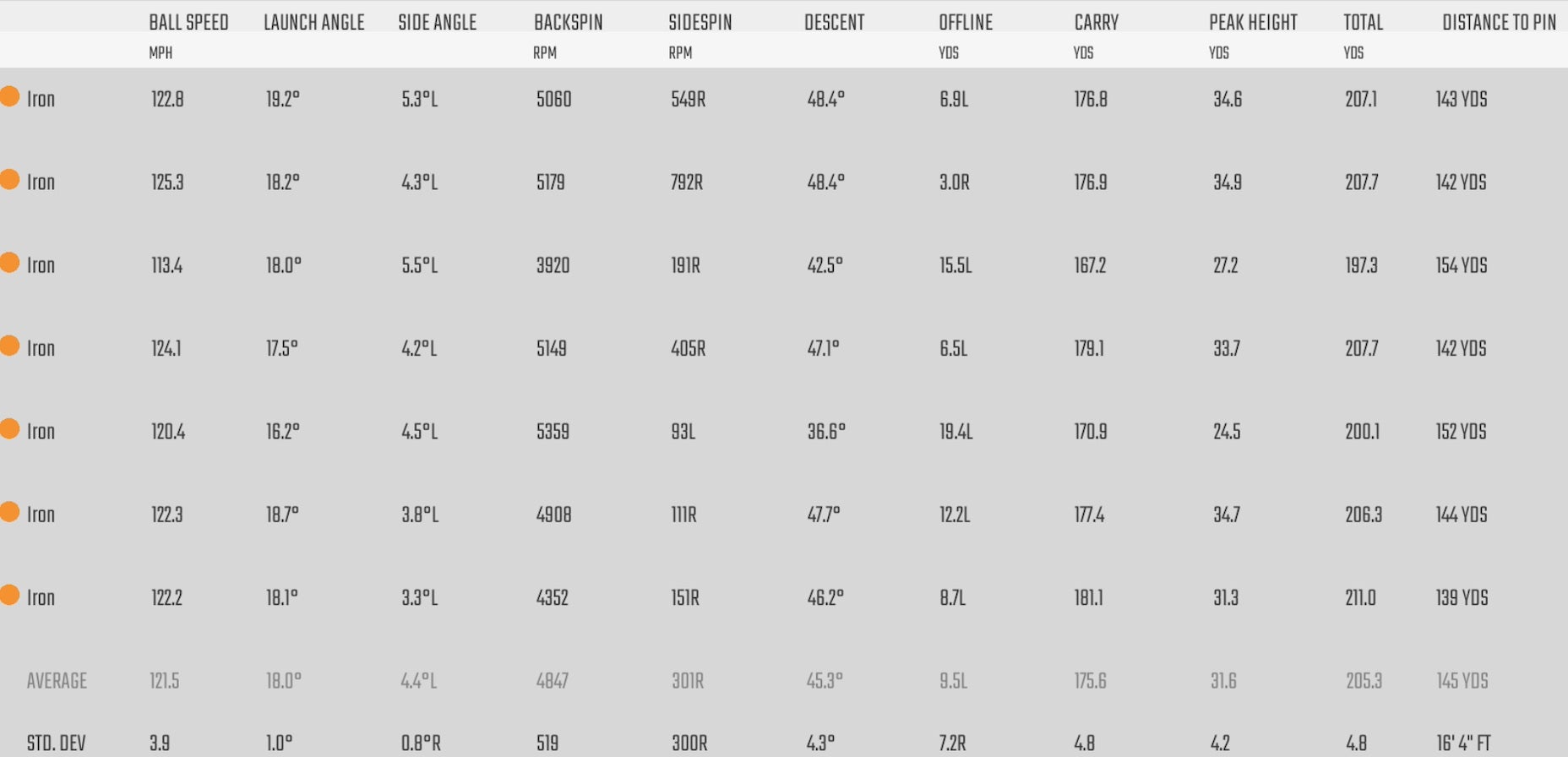
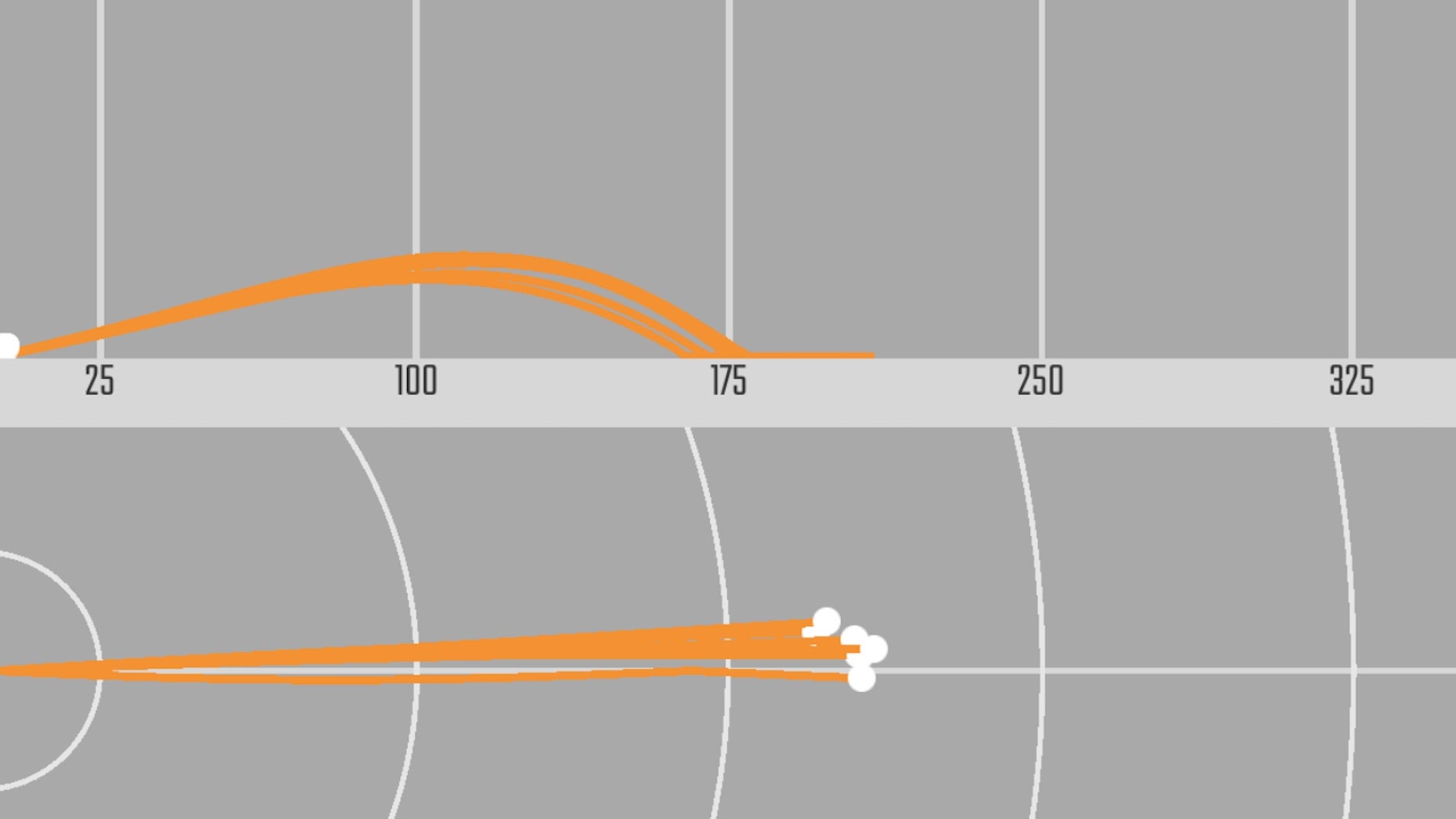
As you’ll see above, the Pro kept up with a highly customized set of irons in the dispersion department. Only one ball crossed the center line — I try to keep everything left of center — which is impressive considering it didn’t have my midsize grip (with extra tape wraps) or additional weight in the toe. I was so impressed that I plan to conduct additional testing with my current build specs to see if the numbers can be improved.
The overall feel is what many have come to expect from Mizuno’s Chromoly head material: it’s fast, firm and responsive. The sound bar in the back cavity did a nice job keeping the sound within a range I deemed to be pleasing. It’s not muted, but it’s definitely not loud. Goldilocks would be a fan.
Ping i230

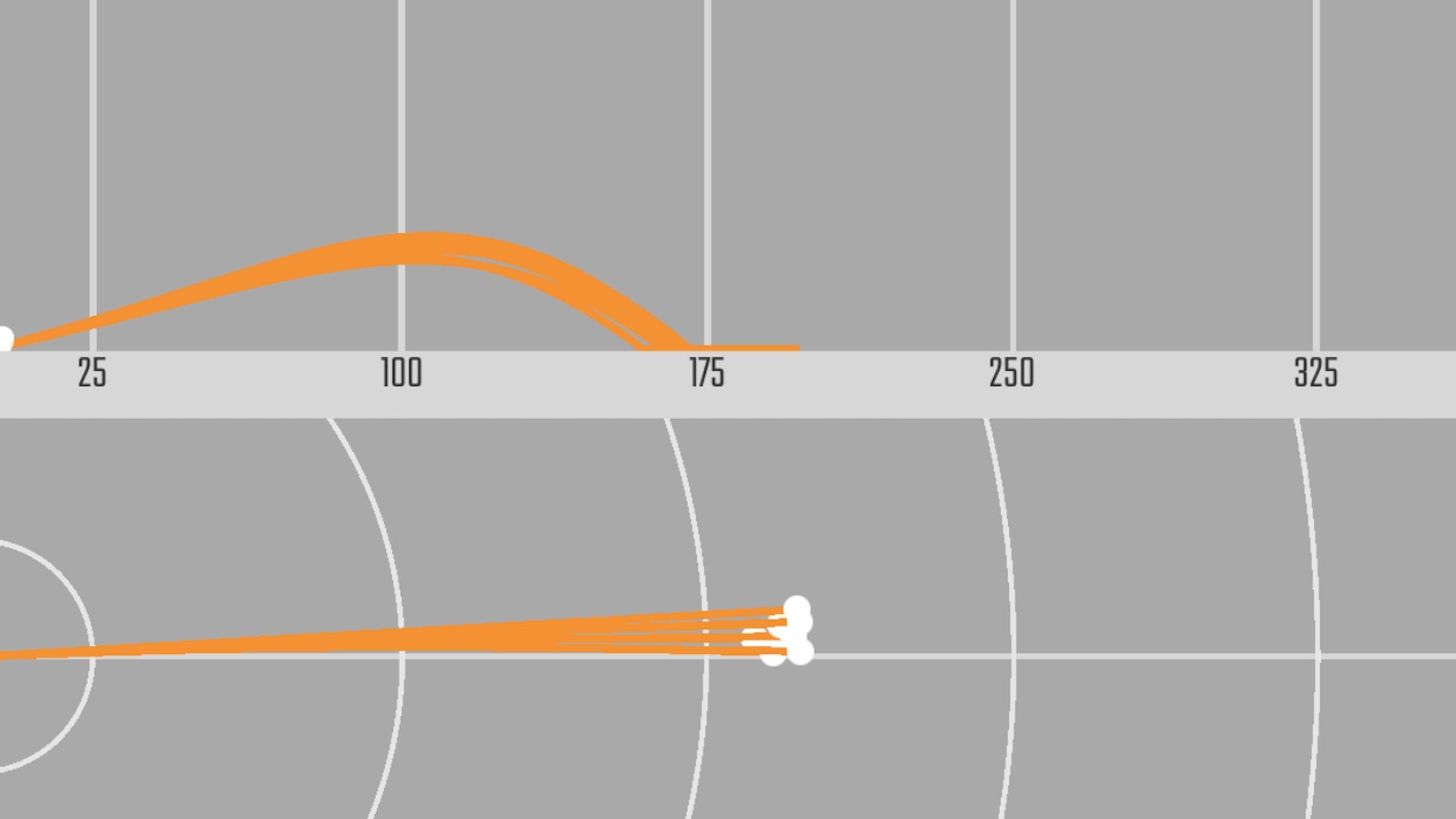
Conclusion: I need to do some work to see if I can bump up the launch and spin rate, but the iron checked a lot of boxes for me right out of the gate. The compact profile and minimal offset suit my eye, and I appreciate how Mizuno keeps the colors and graphics to a minimum on the JPX lineup. I’m not looking for flash, just performance.
The overall consistency is also what I’ve come to expect from a Mizuno product. I didn’t have one squirrely shot in the first seven swings I took, and that continued throughout the rest of the session. The multi-material face construction helped keep bad swings in a playable range and rewarded center-face strikes. It’s exactly what you want to see from a new offering.
Want to overhaul your bag for 2024? Find a fitting location near you at True Spec Golf
